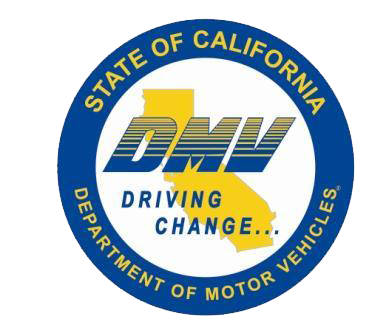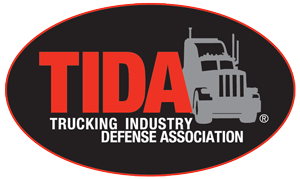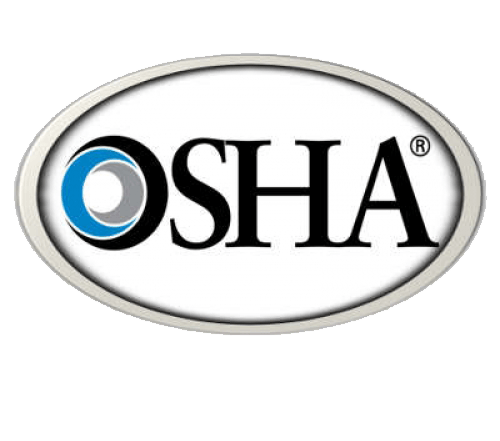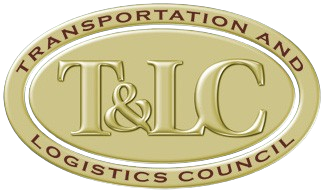California Looks to Accelerate Self-Dring Trucks
Testing and deployment of self-driving trucks may accelerate after the federal government announced a new "automated vehicle framework" and California is contemplating new rules allowing them.
The first actions under this framework will help accelerate work toward modernizing Federal Motor Vehicle Safety Standards.
The National Highway Traffic Safety Administration (NHTSA) is maintaining its Standing General Order on Crash Reporting for vehicles equipped with certain advanced driver assistance systems (ADAS) and automated driving systems (ADS).
However, the agency will streamline the reporting to sharpen the focus on critical safety information while removing “unnecessary and duplicative requirements.”
NHTSA is expanding the Automated Vehicle Exemption Program to now include domestically produced vehicles. Previously open only to imported AVs, AVEP has promoted vehicle innovation and safety through simpler, faster exemption procedures that allow companies to operate non-compliant imported vehicles on U.S. roads.
NHTSA announced the change via an open letter to AV developers on April 24, 2025.
“This administration understands that we’re in a race with China to out-innovate, and the stakes couldn’t be higher,” said U.S. Transportation Secretary Sean P. Duffy in a news release.
“As part of DOT's innovation agenda, our new framework will slash red tape and move us closer to a single national standard that spurs innovation and prioritizes safety.”
Self-Driving Trucks in California?
The California Department of Motor Vehicles is proposing regulations for testing and deployment of heavy-duty commercial autonomous vehicles on California’s public roads.
Under the proposed framework, heavy-duty autonomous vehicles (weighing 10,001 pounds or more) can now be tested with a DMV-approved permit.
The state currently prohibits autonomous vehicles weighing more than 10,000 pounds on public roads. Self-driving heavy-duty trucks are already being tested in other states such as Texas and Arizona.
Safety advocates and the Teamsters union will likely oppose the regulations.
The California legislature passed a Teamsters-backed bill in 2023 to require human drivers aboard self-driving heavy-duty trucks. It was vetoed by Gov. Gavin Newsom.
What Do California’s Proposed Autonomous-Truck Regulations Say?
Applications received after the new regulations are implemented will be subject to a phased permitting process for AV testing and deployment.
Initially, manufacturers must obtain a permit for testing with a safety driver. Subsequent phases require obtaining a Driverless Testing Permit and a Deployment Permit after completing the required test miles and submitting a report detailing the testing conducted.
These steps ensure that manufacturers meet stringent safety requirements through a comprehensive process tailored to each manufacturer’s technology and operational environment, according to a California DMV news release.
- Heavy-duty autonomous trucks would be limited to testing and deployment in an “operational design domain” that only includes routes legal for the vehicle’s size and weight load. They aren’t allowed on local roads with a speed limit of 25 mph or less unless those roads are “within the shortest distance to freeways from hubs, motor carrier and shipper facilities, distribution centers, fueling and charging stations, and end points, while using arterial roadways wherever possible.”
- Autonomous commercial vehicle test drivers, remote drivers, and remote assistants would need to comply with state and federal commercial driver requirements, including licensing and hours-of-service restrictions.
- Manufacturers would be allowed to receive compensation for transporting goods during testing.
- Certain commercial vehicle operations would be excluded, including household movers, oversized loads, hazardous materials, and bulk liquids requiring a tank endorsement.
The DMV said the proposed regulations offer the nation’s most comprehensive rules for the operation of autonomous vehicles.
The updated regulations also refine the guidelines for light-duty AVs, enhancing data reporting requirements and implementing recent legislative changes from AB 1777 (Chapter 682, Statutes of 2024). These include updated protocols for autonomous vehicle interactions with first responders and a new procedure for law enforcement to report potential non-compliance with traffic regulations.
There’s a 45-day public comment period, which ends on June 9. After the conclusion of the public comment period, the DMV will conduct a public hearing to gather further input on the regulations. Details regarding the date and location of this hearing will be announced separately, closer to the event, along with an invitation for public participation.
Written comments may be submitted to [email protected] during the 45-day period. The proposed regulations are available on the DMV Autonomous Vehicles webpage.
Content Disclaimer: Due to the constantly changing nature of government regulations, it is impossible to guarantee the total and absolute accuracy of the material contained herein or presented. NorthAmerican Transportation Association (NTA) cannot and does not assume any responsibility for omissions, errors, misprinting or ambiguity contained. NTA shall not be held liable in any degree for any loss, damage or injury caused by any such omission, error, misprinting or ambiguity present. It is made available with the understanding that NTA is not engaged in rendering legal, accounting or other professional service. If legal advice or other expert service is required, the services of such a professional should be sought.











